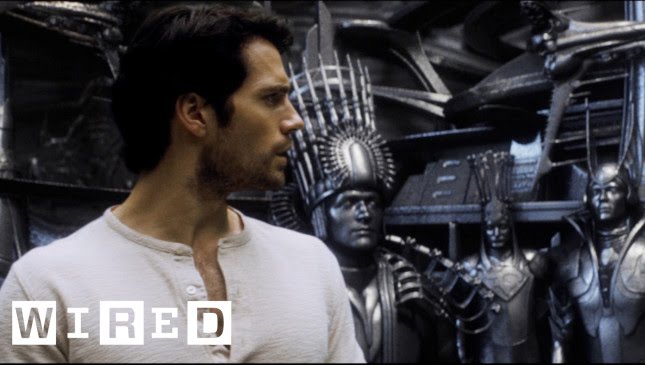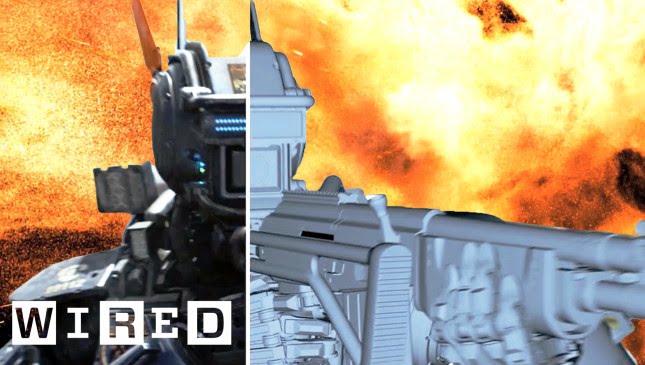The Making of the Helicarrier Ship in Captain America: The Winter Soldier
Summary
In this article, we explore the making of the helicarrier ship in the movie Captain America: The Winter Soldier. Industrial Light and Magic were tasked with updating and upgrading S.H.I.E.L.D.’s most impressive airborne asset, and we spoke to Bruce Holcom, who supervised the building of the new helicarrier. We uncover the incredible attention to detail involved in creating shots at this level that often go unnoticed.
Table of Contents
- Introduction
- Upgrading the Helicarrier
- The Complex Details
- Real vs. Digital Shots
- The Final Touches
- Conclusion
Introduction
The helicarrier ship in the movie Captain America: The Winter Soldier has become an iconic scene for marvel fans worldwide. The impressive design and technology involved have made it one of the most remarkable shots in the film. However, not many people realize the incredible amount of work that went into creating such a scene. In this article, we dive deep into the behind-the-scenes production process and explore the incredible attention to detail that went into the making of the helicarrier.
Upgrading the Helicarrier
When Industrial Light and Magic were first approached to upgrade the helicarrier, they thought it would be a small upgrade to the existing ship. However, as the production went on, the scale of the upgrade changed to include not one but three helicarrier ships. The team had to increase the texture detail four times from the previous Avengers movie, and they were not prepared for the number of shots required. Every Quinjet on each carrier had to be modeled and textured with exceptional detail, with every part of the ship being scrutinized and carefully designed. It was no small feat to build a ship that was both visually impressive and consistent with the storyline.
The Complex Details
The helicarrier ship comprises several intricate details that go unnoticed by most viewers. For example, the window panes were modeled and then shattered for added realism, and every debris from the shots had to be digitally animated. The amount of work involved in creating these small details was extensive, with every piece carefully designed to create a seamless shot. Additionally, every shot involved a large number of elements, including smoke and debris, which were all digitally added to the scene. The actors were the stars of the film, but a lot of credit goes to the digital modeling guys and the environment they created.
Real vs. Digital Shots
One may wonder how much of the shot is real when it comes to the helicarrier scene. Interestingly, the helicarrier ship itself is a digital creation, along with the simulation of it hitting the 3D model of the building. The smoke and debris in the shot are also digitally animated, and every window shattering is modeled. The only live action in the shot was of the character “Falcon,” who was shot on a green screen and was then placed in the 3D scene, which was filmed on a real building. The final touch-ups and additions were camera shake, atmospheric effects, and adding the background of Washington.
The Final Touches
Every part of the helicarrier ship had to be designed meticulously to create a seamless and accurate look. The final touches involved adding smoke, debris, atmospheric effects, and camera shake to create a more realistic scene. The result is an incredible sequence that is both visually impressive and consistent with the story’s plot, showcasing the incredible work that went into the helicarrier.
Conclusion
The making of the helicarrier ship in Captain America: The Winter Soldier was one of the most impressive feats in movie history. Despite its impressive scale and complexity, most viewers fail to realize the immense amount of work and attention to detail that went into creating this iconic scene. From the digital modeling of every component of the ship to the meticulous detail of every shattered window, every aspect of the helicarrier’s design was scrutinized to create an authentic and accurate scene. It is a testament to the incredible talent and hard work involved in the production of such a magnificent scene.






